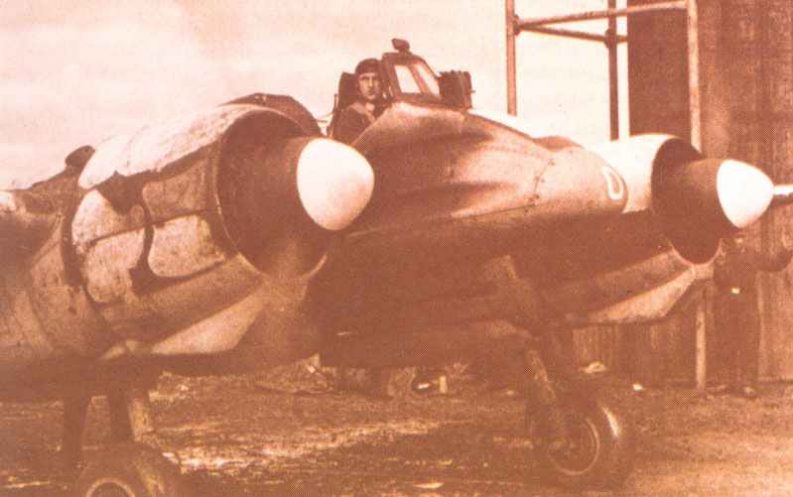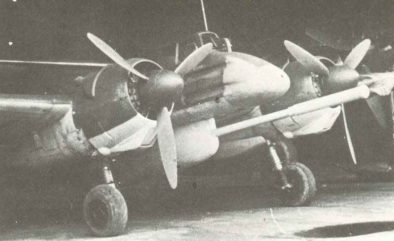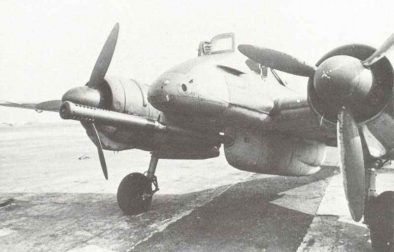German close support and ground attack aircraft Henschel Hs 129.
History, development, specifications, statistics, pictures and 3d model.
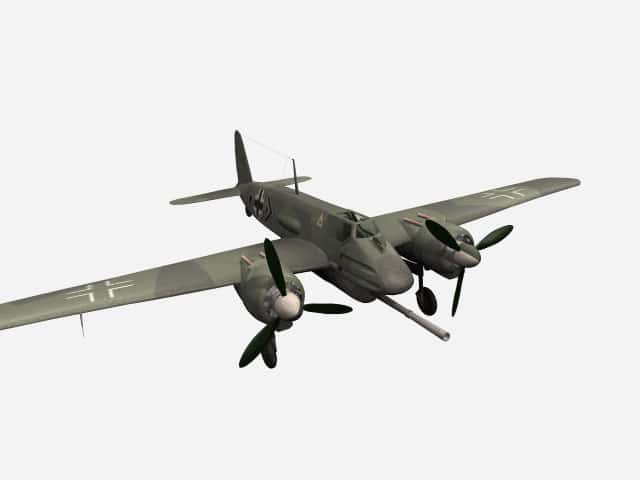
Ground-attack plane Henschel Hs 129
Table of Contents
Henschel Hs 129
Type: Close support, ground attack and anti-tank aircraft.
The Henschel Hs 129 was a World War II-era German ground-attack aircraft developed by Henschel Flugzeugwerke.
Overview
Design and purpose: It was specifically designed for close air support and anti-tank operations, with a heavily armored cockpit to protect the pilot.
Introduction: The Hs 129 entered service in 1942 and was used primarily on the Eastern Front against Soviet forces.
Armament: It was equipped with two 20 mm MG 151/20 cannons and two 7.92 mm MG 17 machine guns. Later versions could carry a 30 mm or 37 mm cannon for increased anti-tank capabilities.
Engines: Initially with two Argus As 410-A V12 engines (430 to 465 hp), which were too weak for the weight of the aircraft. After the French campaign, captured French Gnome-Rhône 14M radial engines (700 to 740 hp) were used.
Cockpit: The cockpit was extremely cramped, with poor visibility, making it challenging for pilots to operate effectively.
Variants: Several versions were produced, including the Hs 129B-1, B-2, and B-3, each with improvements in armament and equipment.
Performance: While effective in its ground attack role, the Hs 129 suffered from reliability issues and was vulnerable to enemy fighters due to its low speed and poor maneuverability.
Production: Approximately 865 Hs 129s were built before production ended in 1944.
Legacy: Despite its limitations, the Hs 129 was one of the first dedicated anti-tank aircraft and influenced future close air support aircraft designs.
The Henschel Hs 129 played a significant role in German ground attack operations during World War II, particularly on the Eastern Front, but its effectiveness was hampered by technical issues and limited production numbers.
History
Even though there had been several models of professional close support and ground attack planes in World War One , this class had been almost dismissed before the Spanish Civil War demonstrated, back again, that this class is among the most crucial among all. In 1938 the RLM released a requirement for this type of plane – the entire intent behind the Luftwaffe being to back up the Wehrmacht in Blitzkrieg-type combats – to assist the purpose-designed Ju 87 Stuka.
Henschel’s Dipl-Ing F. Nicholaus developed a decrease plane fairly comparable to the twin-engined fighters of this time however with better armor and less-powerful motors (two 495hp Argus As 410A-1 air-cooled inverted-vee-12s). The single aviator seated within the armoured nose behind a windscreen 3in thick, with armor all around the cabin. The triangular-section fuselage stored self-sealing tanks, weapons in the sloping sides and a hard point for a bomb below.
Test pilots at Rechlin damned the A-0 pre-production planes as ridiculously under-powered, however these planes went into action on the Russian Front by the Romanian Air Force. The newly designed B-series applied the huge quantities of French 14M motors that were on hand and in manufacturing by the Vichy authorities for the Me 323. Entirely 841 B-series were produced and used with significant impact on the Eastern Front however with considerably fewer results in North Africa.
The B-1/R1 had 2 x 7,92 mm MG 17 and 2 x 20 mm MG 151/20, additionally 2 x 110lb (50 kg) or Forty-eight fragmentation bombs.
The R2 was built with a 30 mm MK 101 attached below and was the first plane ever to employ a 30 mm weapon during battle.
The R3 had a ventral box of 4x MG 17.
The R4 carried up to 551lb (250 kg) of bombs.
The R5 had a camera for vertical pictures.
The B-2 models switched the integrated MG 17s for MG 131s and other sub-types had several types of weapons for example the 37 mm BK 3.7 of the Ju 87 G. The best innovative armament made use of verses Russian tanks with outcomes that were commonly destructive, was a battery of 6 smooth-bore 75 mm tubes shooting recoilless shells down and to the rear with automatic activating as the plane flew over steel materials.
The Hs 129B outfitted also the 3 squadrons of the 8th Assault Wing of the Royal Romanian Air Corps.
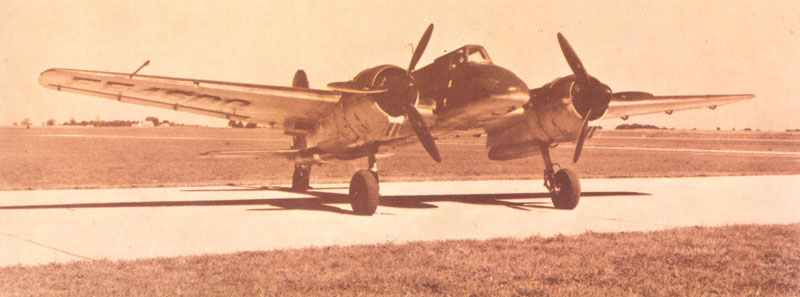
However, the most remarkable gun was the enormous PAK 40 anti-tank gun of 75-mm caliber. This weapon considered 1,500 kilograms (3,306 lb) in its authentic ground-based kind and fired a 3.2-kg (7 lb) tungsten-carbide cored shell at 933 m/s (3,060 ft/sec). Even {in a|within a} range of 1,000 m (3,280 ft), the projectile could pierce 133 mm ( 5 1/2 in) of armor if it hit square-on. Changed as the PaK 40L, the cannon had a larger muzzle break to cut back recoil as well as electro-pneumatic function to provide following shells mechanically. Placed in the Hs 129B-3/Wa, the enormous weapon was supplied with twenty-six shells which could be fired at the cyclic rate of forty rounds per minute, so that 3 or 4 might be shot during one attack. Generally, just one fine hit could wipe out a tank, still from head-on. Perhaps the biggest issue was that the PaK 40L was too impressive a gun for the plane. Rather besides the extreme muzzle blast and recoil, the massive weight of the cannon made the Hs 129B-3/Wa, nearly uncontrollable, and in critical situations the aviator might cut the gun’s elements and let it drop.
At the end of September 1944, the whole production program was stopped, together with almost all other German planes aside from the ’emergency fighter program’. Overall manufacturing had amounted to merely 870, including prototypes. Due to attrition and losses, the Hs 129 wasn’t allowed to provide the ‘flying guns’ anti-tank force that would have been necessary versus Russian armor.
Users: Germany, Hungary, Romania.
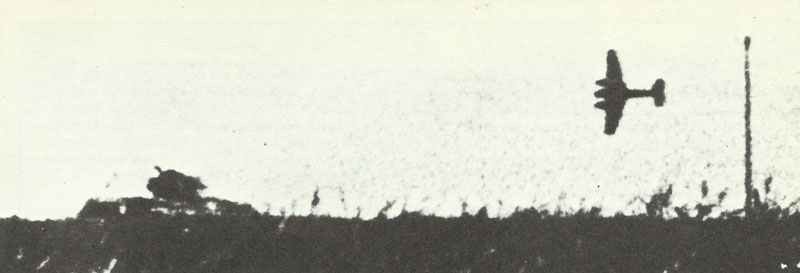
Animated 3D model Henschel Hs 129 B-3/Wa
Specifications Henschel Hs 129B-3/Wa
Specifications:
Henschel Hs 129B-3/Wa | Specification |
|---|---|
Type | anti-tank aircraft |
Power plant | two 700 hp Gnome-Rhone 14M 4/5 engines |
Accommodation | 1 |
Wing span | 46 ft 7.1 in |
Length overall | 31 ft 11.9 in |
Height overall | 10 ft 8.0 in |
Wing area | 312.15 sq.ft |
Weight empty | 8,863 lb |
Weight maximum loaded (B-2) | 11,574 lb |
Max wing loading (B-2) | 37.08 lb/sq.ft |
Max power loading (B-2) | 8.27 lb/hp |
Max speed (B-2) | 253 mph (at 12,565 ft) |
Cruising speed (B-2) | 196 mph at 9,845 ft |
Initial climb (B-1) | 1,390 ft/min |
Climbing | 7.0 min to height 9,845 ft (B-2) |
Service ceiling (B-2) | 29,525 ft |
Range (B-2) | 429 miles |
Range maximum | ? |
Combat radius | ? |
Armament:
Henschel Hs 129B-3/Wa | Specification |
|---|---|
in nose | Two fixed 13-mm MG 131 (930 rpm, velocity 2,461 ft.sec) and two 20-mm-MG 151 (720 rpm, velocity 1,290 ft.sec) |
beneath fuselage | One 75-mm BK 7.5 (PaK 40L) cannon (40 rpm, velocity 3,060 ft.sec) with 26 rounds. |
Armour pentration if the gun at 30° | 143 mm on 100 meters; 120 mm on 500 meters; 97 mm on 1,000 meters; 77 mm on 1,500 meters |
instead of 75-mm BK 7.5 gun | 30-mm MK 103 cannon (420 rpm, velocity 2,820 ft.sec) |
or | four 7,92-mm MG 17 (1,200 rpm, 2,477 ft.sec) |
or | four 50-kg (110 lb) bombs, or 92 2-kg (4.4 lb) anti-personnel bombs or one 250-kg (550 lb) bomb beneath fuselage |
wing racks | Two 50-kg (110 lb) bombs or 48 2-kg (4.4 lb) anti-personnel bombs |
Service statistics:
Hs 129 | figures |
|---|---|
First flight (Hs 129V-1) | early 1939 |
Service delivery (Hs 129A-0) | early 1941 |
First flight (Hs 129B) | October 1941 |
Service delivery (Hs 129B) | late 1942 |
First flight (Hs 129B-3 with 75-mm BK 7.5) | May 1944 |
Final delivery | late September 1944 |
Unit costs | ? |
Total production figure (all) | c. 870 (including prototypes, 841 B-series, 24 or 25 129B-3/Wa) |
Accepted by Luftwaffe 1/39-12/44 (all versions) | 876 |
Production 1939 | - |
Production 1940 | - |
Production 1941 | 7 |
Production 1942 | 221 |
Production 1943 | 411 |
Production 1944 | 302 |
Production 1945 | - |
Hs 129's in First Line Units 1.9.39 | - |
Hs 129's in First Line Units 20.9.42 | 35 |
Hs 129's in First Line Units 31.12.42 | 40 |
Hs 129's in First Line Units 10.1.45 | 59 |
References and literature
Combat Aircraft of World War II (Bill Gunston)
Technik und Einsatz der Kampfflugzeuge vom 1. Weltkrieg bis heute (Ian Parsons)
Das große Buch der Luftkämpfe (Ian Parsons)
Luftkrieg (Piekalkiewicz)
Flugzeuge des 2. Weltkrieges (Andrew Kershaw)
German Aircraft of World War 2 in Colour (Kenneth Munson)
Warplanes of the Luftwaffe (David Donald)
The Luftwaffe Album, Bomber and Fighter Aircraft of the German Air Force 1933-1945 (Joachim Dressel, Manfred Griehl)
Luftwaffe Handbook (Dr Alfred Price)
The Encyclopedia of Weapons of World War II (Chris Bishop)





